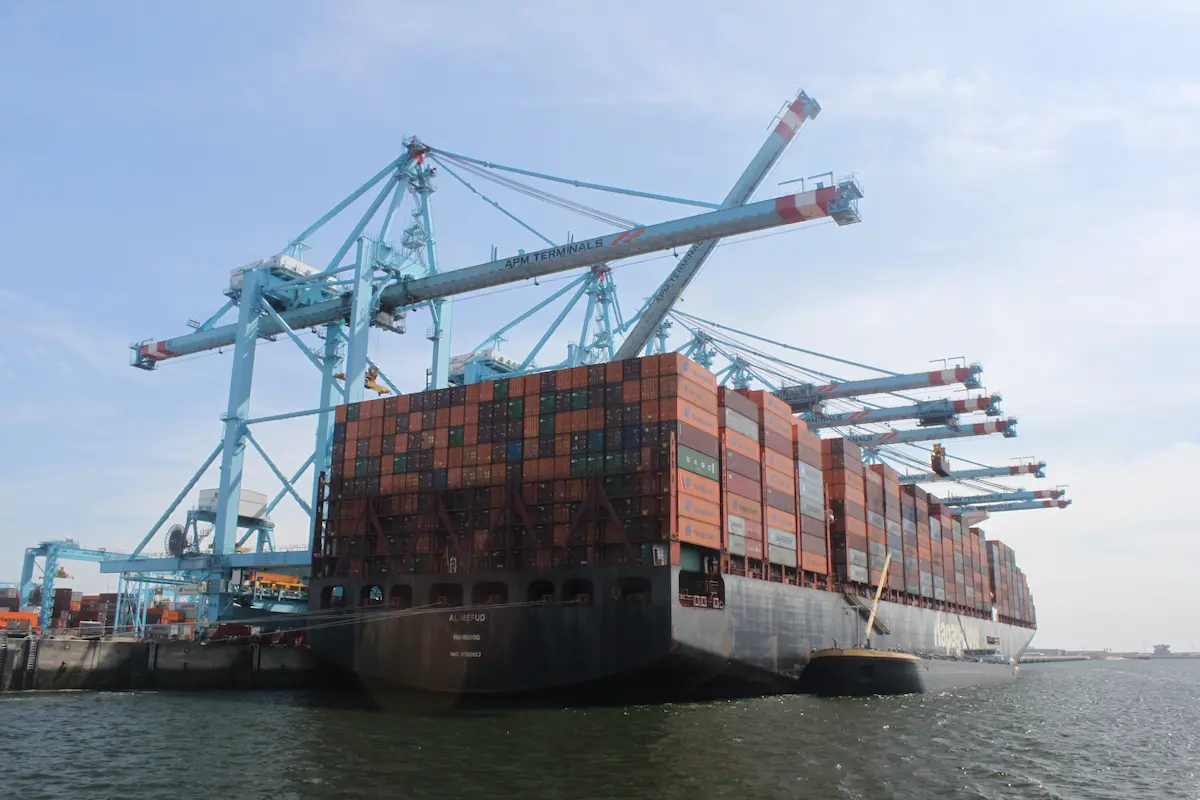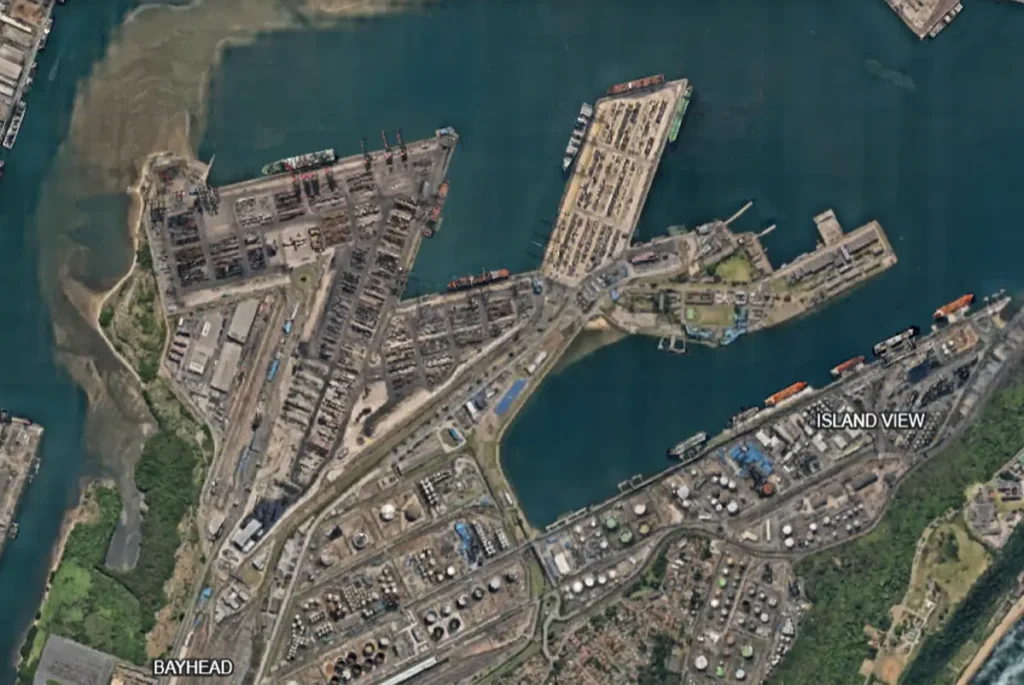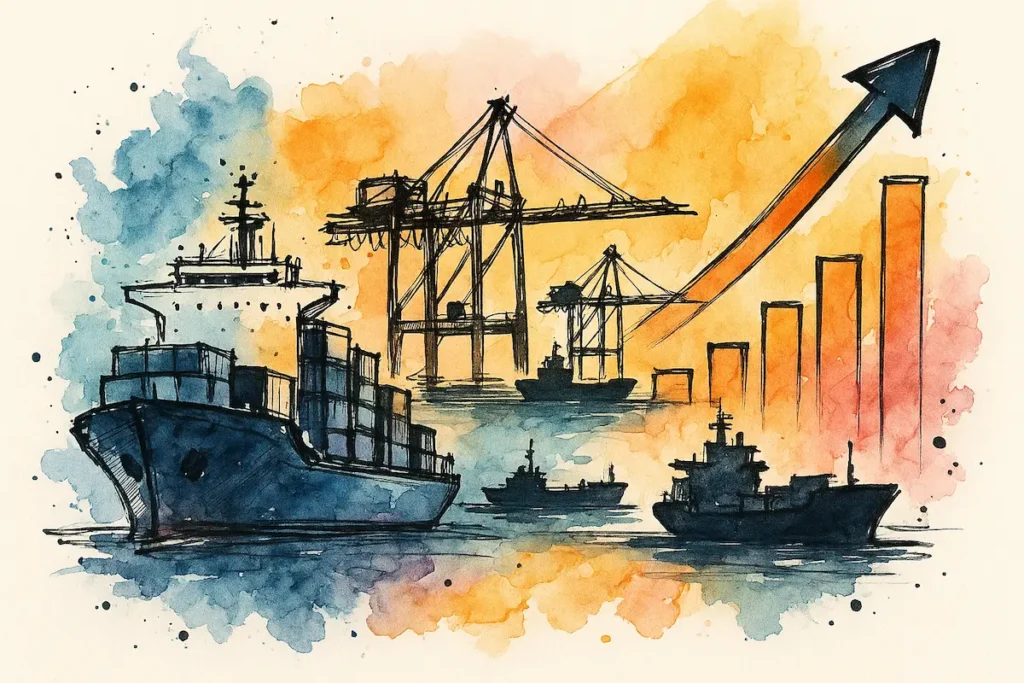From time to time, I receive thought-provoking questions from my readers.. One of my regular readers recently sent me four such questions based on a LinkedIn post he came across..
Given the depth required to address each topic properly, I will respond to them in a series of individual posts..
Here is Question 1 and my response.. Colored text is query from my reader..
Q1: A B/L is not necessarily confirmation that goods have been loaded on a vessel. (Is he referring to only “received for shipment” B/Ls, or is there any other issue I know nothing about?)
A1: Technically, the statement “A B/L is not necessarily confirmation that goods have been loaded on a vessel” is correct.. It draws attention to an often-misunderstood aspect of Bills of Lading, especially when viewed across different transport modes and banking practices..
Multimodal and Combined Transport Context
In the case of a multimodal or combined transport Bill of Lading, the goods may be handed over to the carrier at an inland location (e.g., a warehouse or container depot), well before reaching the port for ocean shipment..
Some carriers include specific clauses in their B/L terms that define “On Board” to mean loaded onto the first mode of transport, which may be road, rail, or even barge..
For example:
“On board” on the back of this Bill of Lading means on board any of the first mode of transportation used or procured by the Carrier, including rail, road, water, and air transport.”
Or
“On Board” means that the Goods are loaded on board the Vessel or loaded on board any vehicle or other transportation facility that is used or procured by the Carrier as the first mode of transportation or loaded on the transportation facilities used by any Underlying Carrier or Sub-Contractor for Carriage in accordance with the terms of this Bill.”
So, in this context, the “on board” notation may appear even before the cargo is physically loaded onto a vessel.. In practice, however, such B/Ls are often issued with a “Received for Shipment” notation until actual vessel loading occurs..
Port-to-Port Bills of Lading
In a port-to-port (marine) Bill of Lading, the traditional “ocean B/L,” the distinction is more rigid..
- A “Received for Shipment” B/L means the carrier has accepted the goods into their custody at the port or terminal but has not yet loaded them on the vessel..
- A “Shipped on Board” B/L means the cargo has been physically loaded on the vessel, and this notation is typically added manually or stamped with the vessel name and date..
In trade finance, especially under letters of credit, banks usually require a “Shipped on Board” B/L as evidence of shipment..
Anomalies and real-world caution
Despite what is printed, there have been rare cases where a B/L was issued with “Shipped on Board,” but the container was never actually loaded.. This highlights the risk of relying solely on documents without verification..
The trade finance angle
Another angle is that since this question is from a “trade finance” person and assuming it involves documentary credit, there could also be the perspective that “Banks deal with documents and not with goods, services or performance to which the documents may relate” as per UCP 600, Article 5..
We know that banks don’t verify whether the goods were actually loaded on board and work only on the basis that a “Shipped on Board” notation on the bill of lading is confirmation that the cargo has been loaded on the ship..
So, to answer the original question:
- Yes, the statement could refer primarily to “Received for Shipment” B/Ls..
- But it could also apply to certain multimodal transport B/Ls, where “on board” could also refer to cargo loaded on first mode of transport..
- And in the banking context, it reminds us that document compliance does not always equate to physical reality..
It is good to remember that a Bill of Lading is not always what it appears to be, especially when phrases like “on board” can mean different things depending on the issuer, transport mode, and document type..













